7 Tips for Improving Your Senior Dog’s Quality of Life
10.01.2022.
Like humans, dogs will age and grow old. Unfortunately, their senior years come a lot faster than ours. Most of us don’t want to think about our dogs aging and leaving us. Still, as your dog approaches their senior years, you need to ensure your senior dog’s quality of life remains high. Before we go into details about helping your senior dog improve their quality of life, we need to understand what a senior dog is.
What is a senior dog?
A senior dog can be defined as an aging dog that is differently defined in different breeds. In the canine kingdom, small dogs usually live significantly longer than large dogs. That means that a Maltese will reach its senior years later than a Saint Bernard will reach its senior years. Generally speaking, dogs can be considered seniors between the ages of 7 and 9.
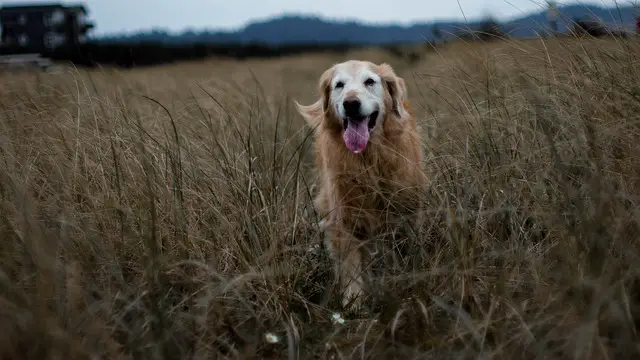
How can I know if I have a senior dog?
The first sign should be the dog’s age. However, there is a massive difference between a 7-year-old Pomeranian and a 7-year-old Great Dane. The Pomeranian will still be energetic and might not be considered a senior yet, let alone geriatric. A 7-year-old Great Dane will probably show severe signs of aging. That just means that age affects breeds differently. Nevertheless, there are a few tell-tell signs you can notice and determine accurately if your dog should be considered a senior. The most common signs of a senior dog are;
- Greying hair
- Less energy
- Less appetite
- Hearing loss
- Vision issues
- Arthritic pain
- The dog seems to be less agile
- Foot pad issues
- Calluses
- Arthritic pains
All of these signs should be mild. If they are severe, the dog should be considered geriatric and not a senior.
Tips for improving a senior dog’s quality of life
Just because a dog is aging doesn’t mean they will stop enjoying things they enjoyed earlier. Your dog will still love cuddling, hiking, playing, socializing, and everything they liked before they became seniors. They can have great years ahead of them. The only thing they need is support from their owners. Here are the 7 tips for improving your senior dog’s quality of life;
1. Nutrition
The dog’s health at any age starts with high-quality dog food. There are different dog food brands, and you can easily find excellent options for your aging dog. They will require more protein with fewer calories. Their nutritional needs will slightly change, and the food you give your dog should support their health. Look for foods that contain plenty of antioxidants, glucosamine, chondroitin, and other great ingredients. Here are a few great recommendations - Senior Dog Food.
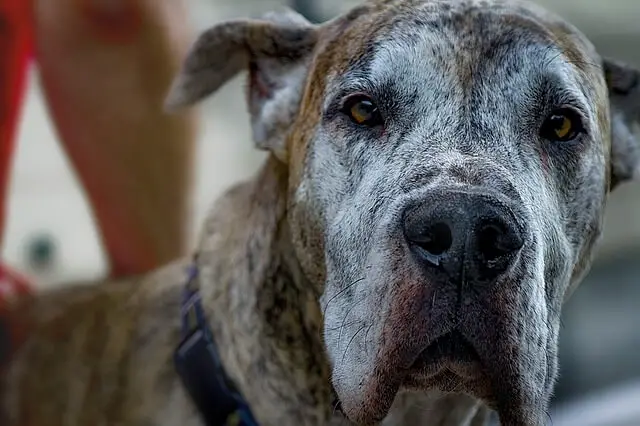
2. Adjusted schedule
Your adult dog probably needed three daily walks. Your senior dog might have different needs, which will include more chances for potty breaks. You can let them out in your yard more often or take them for a few more shorter walks during the day. You will prevent them from doing their business inside your home by including more walks in their schedule.
3. Monitoring
Keeping a close eye on your dog is important, no matter how old they might be. It is even more important when they become seniors. You need to notice early symptoms of possible diseases and conditions that might impact their quality of life. If you do that, you and your vet can react sooner and start treating your dog in the early stages. That makes a recovery faster and more successful.
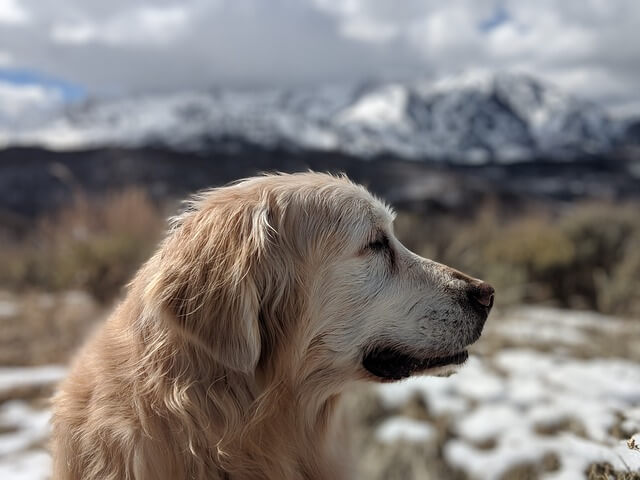
4. Physical activity
A senior dog is most likely not as active as they used to be. However, that doesn’t mean they should lie around your home and not get physical activity. Aging and senior dogs should still get training and a healthy energy outlet. You have to make sure their exercise is age-appropriate and not allow your dog to strain themselves too much. You can always talk to a dog trainer and ask for advice on senior dog training and physical exercise.
5. Mental activity
Cognitive decline is a part of the aging process. As a responsible owner, you need to make sure you slow it down as much as you can. The first thing you should do is include nutrition that supports cognitive health. The second thing is enough mental activity. Your dog’s brain is like a muscle that needs training. The more you exercise it, the stronger and healthier it will be.
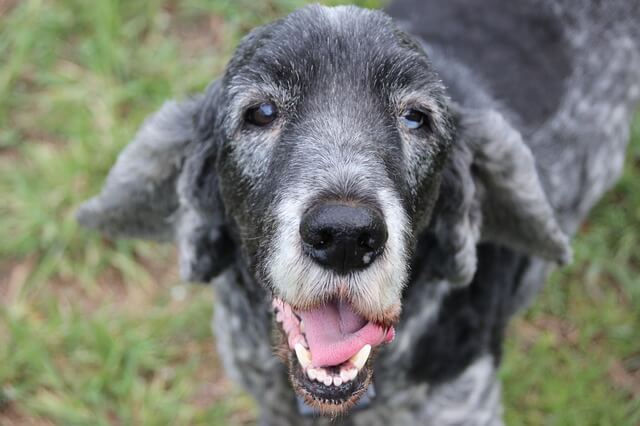
6. Equipment for senior dogs
The pet industry is constantly evolving. Every year there are new products that can help your senior dog remain as healthy as possible for as long as possible. You can even use basic equipment like dog stairs or dog ramps to help your dog reach the couch or your bed. Orthopedic or memory foam dog beds might provide support for a good night’s sleep. There are dog harnesses and bungee cord leashes that will weaken the pressure on your dog’s neck. Look into the equipment that can help improve your senior dog’s quality of life.
7. Regular vet visits
The most important thing you can do is make sure your dog is checked out regularly. Your vet can notice things you could potentially miss. If you take your dog for regular vet check-ups, you might notice a developing issue and prevent it from impacting your dog. Never skip vet visits, and make sure your dog regularly goes for appointments and health tests. This might seem expensive, but in the end, it is cheaper than a prolonged treatment of a disease you missed. Also, you can’t actually put a price on your dog’s health, can you?
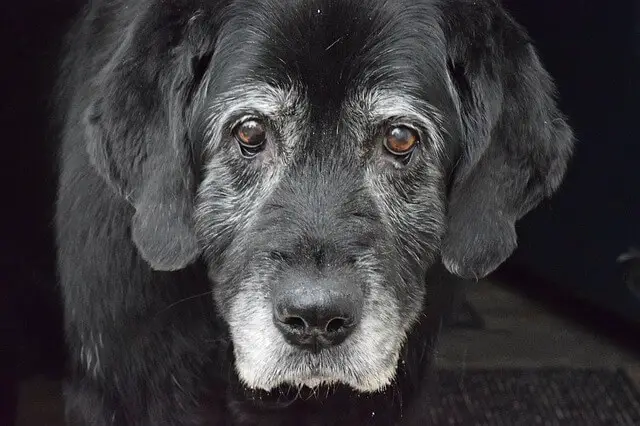
In conclusion
Senior dogs still have a few great years left in them. The only thing they need is their owner’s support. You want to keep your furry buddy around you for as long as you can, and the best way to do it is by following these 7 tips to improve your senior dog’s quality of life.
World Dog Finder team

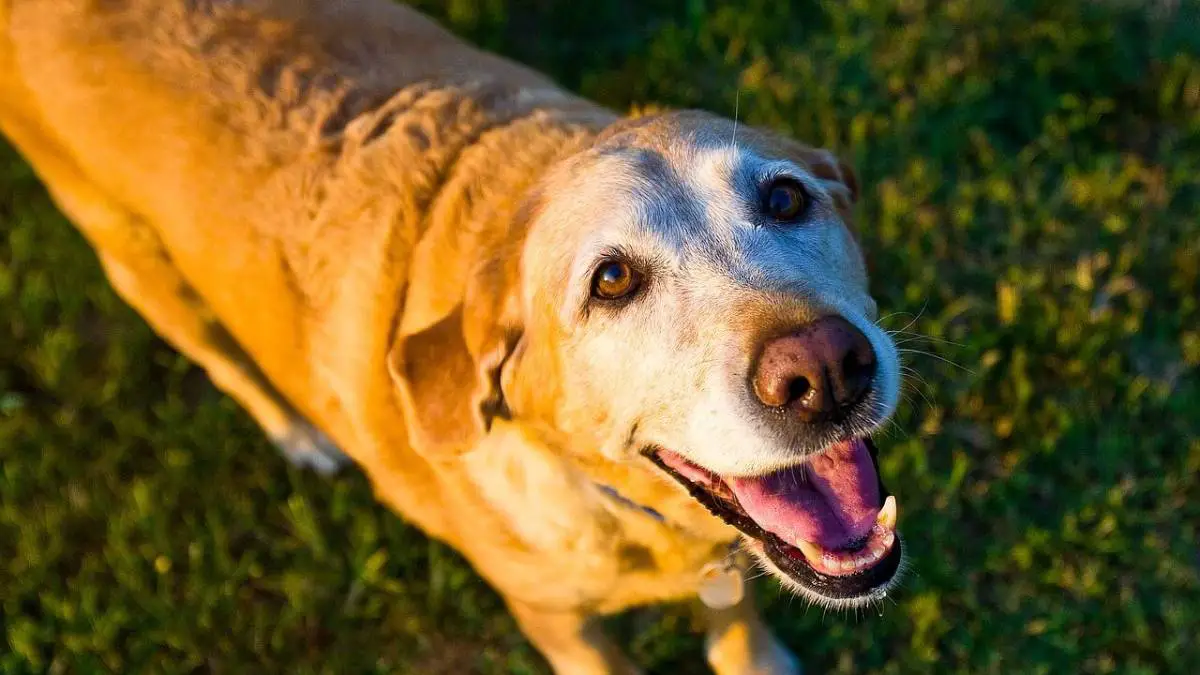
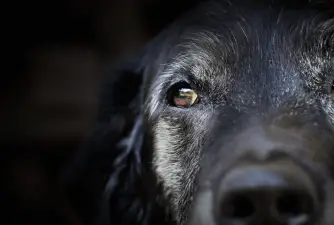
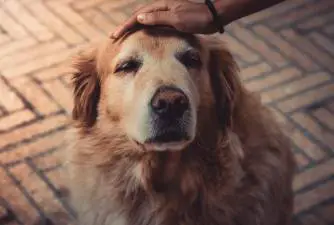

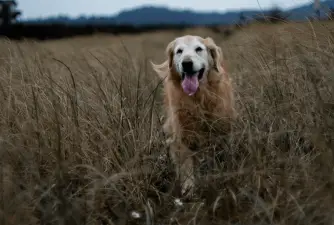

Share